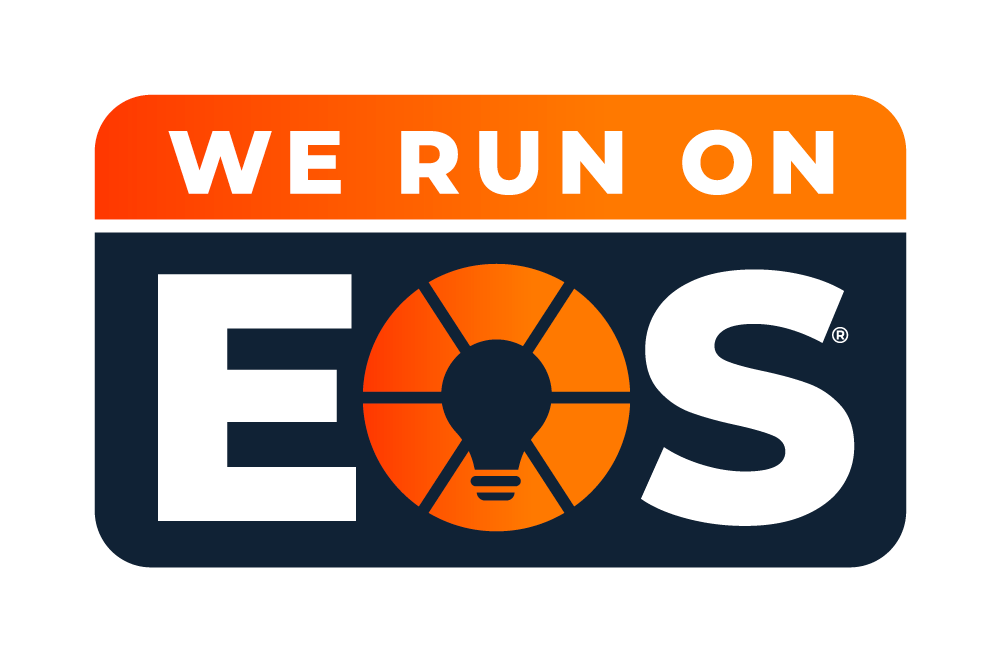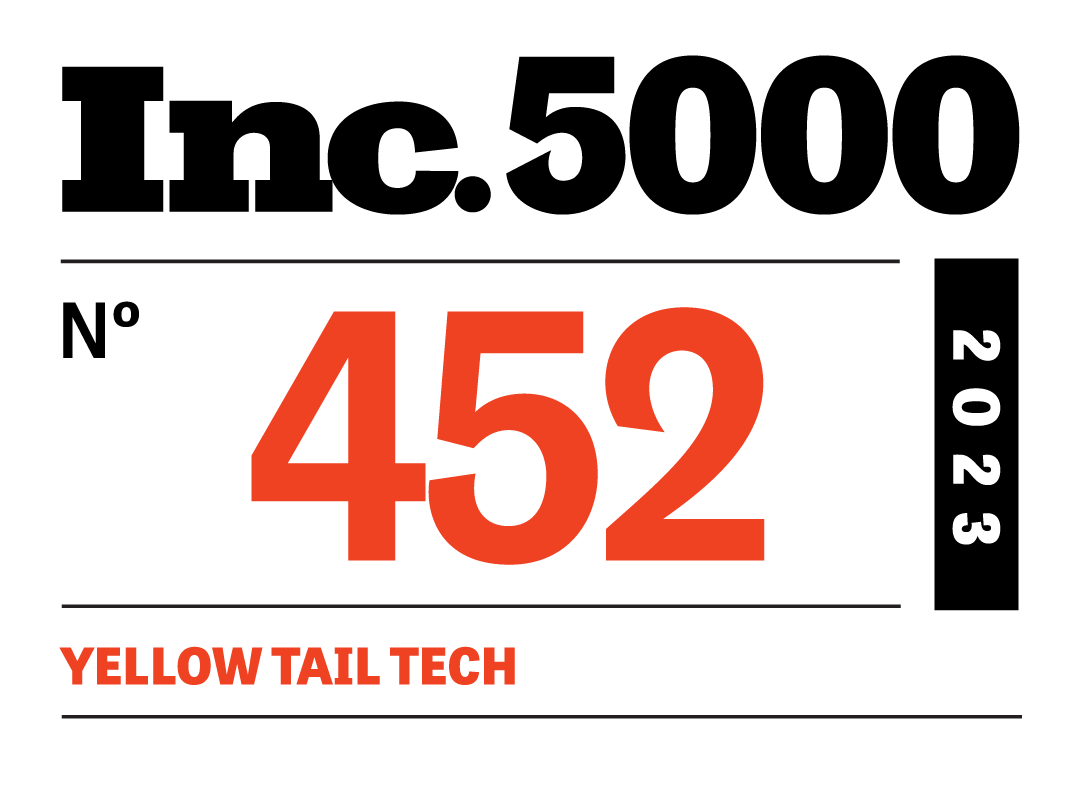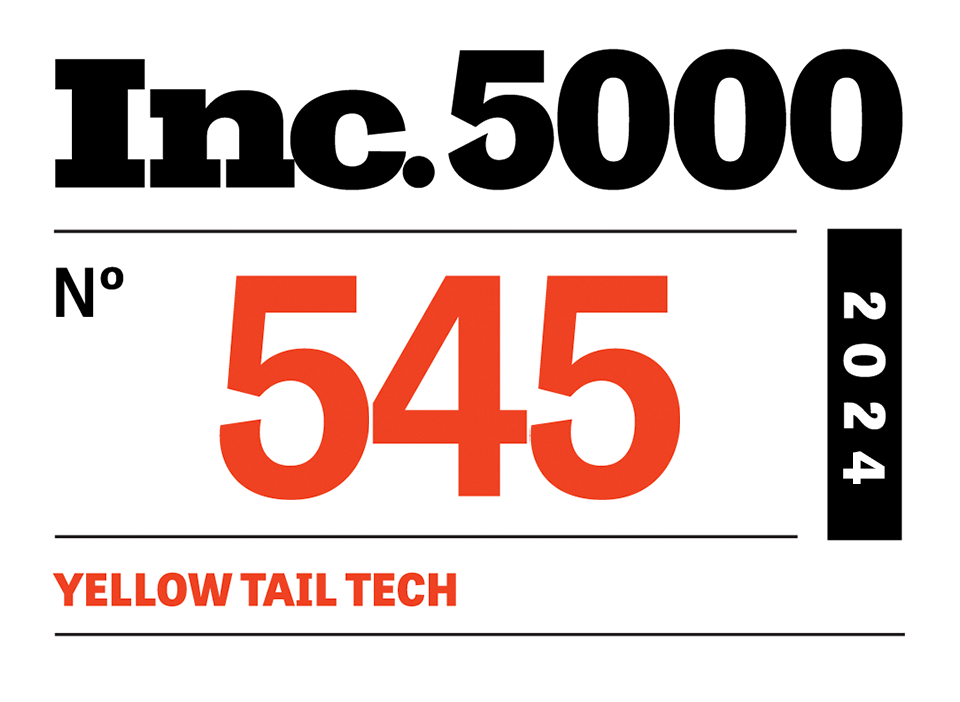As highlighted in the AT&T Cybersecurity Insights Report, 77% of companies expressed their intention to utilize private 5G networks for edge computing within the next three years. Imagine the delay-killing, efficiency-boosting power of processing data right where it’s created – that’s the advantage companies can tap into with this forward-thinking approach. Because there are so many devices talking to each other, solid connections are the backbone of the Internet of Things.
At the center of these companies is Linux. If edge computing and IoT are on your radar, you’ll appreciate the open-source liberty, security reinforcements, and responsive design that this solution brings to the table.
Linux has proven particularly indispensable for Industrial IoT applications. Linux for Industrial IoT enables businesses to scale smart operations across factories and warehouses, providing real-time control and seamless communication between machines and sensors. From streamlining production to optimizing logistics, Linux delivers unmatched flexibility and reliability for industrial setups.
Don’t believe us? Edge computing and IoT innovation would grind to a halt without Linux, the force behind this tech tidal wave.
Understanding Edge Computing
Edge computing processes data close to where it’s created instead of sending it to a distant cloud. Data from your devices, like sensors or cameras, is handled nearby, reducing delays and boosting performance. Imagine a smart factory: instead of waiting for data to travel to a cloud server and back, edge computing allows instant responses, keeping everything running smoothly.
The key benefits are clear.
- Reduced latency means faster data processing—essential for real-time applications.
- Improved performance makes operations more efficient and improves user experiences.
According to the AT&T report, 65.4% of companies are already implementing Industrial IoT/OT functions using edge computing, which shows its widespread adoption.
Unlike traditional cloud computing, where data travels to central servers, edge computing keeps the data local. This difference speeds things up and helps with security and bandwidth issues. Edge computing aims to enhance technology by speeding up processes and improving efficiency through data processing at the source.
Exploring The IoT
Have you ever connected all your devices at home or work to the internet for seamless remote control?
That’s IoT in action. With the IoT, everything stays connected and chatty, letting you check in or take charge from afar. Remote patient monitoring becomes a whole lot easier thanks to IoT technology, giving doctors a window into their patients’ health even when they’re not in the same room. Machine performance gets a serious boost in factories with its assistance.
IoT is growing fast. By 2030, Transforma Insights says there will be 37.4 billion connected devices . But with such interconnectivity come challenges. With Great Plains of sensitive data come tremendous responsibilities – and fears – for companies and individuals who’ve invested their trust in digital repositories. One of the biggest hurdles is simply keeping everything hooked up and functioning.
Still, even with these challenges, IoT keeps growing because, let’s face it, it makes life easier and better. Market research heavyweights like IDC are predicting a massive surge in IoT investments, with a staggering $1 trillion projected by 2026. The buzz around IoT has reached a new high, and it’s no longer just for tech enthusiasts – businesses and homeowners alike are jumping on board. Imagine – safer hospitals, more productive assembly lines, and a house that runs like clockwork – all made possible by the clever application of this cutting-edge innovation.
Why Linux is Ideal for Edge Computing and IoT
Linux is perfect for edge computing and IoT for many reasons. First, it’s open-source. That means anyone can use and modify it for free, and that’s great because it lets developers customize Linux to fit their specific needs. This open nature of Linux makes it a favorite for many tech projects, says GeeksforGeeks.
With Linux, you get a reliable and secure platform that’s specifically suited for handling the demands of connected devices, as Blackdown notes. Data protection and system reliability are hardcoded into Linux, so you can rest easy knowing your systems are in good hands. IoT devices rely heavily on these features, and for good reason. Just imagine setting up a smart home, but your devices keep disconnecting. Or worse, someone can access your devices. Now, imagine this happening to a big company. Not good.
From high-end servers to budget-friendly laptops, Linux harmoniously coexists with an astonishing variety of hardware and software configurations. Linux can handle small sensors or powerful servers. According to Dusun, the reason Linux dominates IoT projects is its impressive ability to conform to any situation. With Linux IoT server, integration becomes a seamless process, thanks to its inherent adaptability.
By leveraging the collective genius of the open-source community, Linux turbocharges edge computing and IoT with its unhackable fortress, omnibus compatibility, and rapid-fire development pace.
Key Linux Distributions for Edge Computing and IoT
Picture yourself setting up your smart home or tinkering with a Raspberry Pi for a DIY project. You’d likely come across a few Linux distributions perfect for these tasks. Take Ubuntu Core, for example. No, it’s not your regular Ubuntu. It’s a trimmed-down version used often in smart home gadgets and industrial machines.
Then there’s Raspbian. You’ll need it on a Raspberry Pi computer (which supports it). Because it’s simple and flexible, it’s a favorite for beginners, hobbyists, and schools.
Finally, the Yocto Project is not a single version of Linux. It’s a toolkit for creating custom Linux systems. This toolkit makes it ideal for more complex IoT setups, like those in cars and factories, where the technology has to meet their specific needs.
How Linux Powers IoT Innovations
Linux is the brain behind many smart gadgets and systems we use today. In smart homes, Linux helps control everything from lights to security cameras. Wearable devices like fitness trackers also rely on Linux to track health data.
As discussed earlier, many industries use Linux for edge computing and IoT. However, one great example is its use in smart farming. According to the GSMA report, farmers in Sri Lanka use Linux-based systems to monitor and manage their crops and water usage. This system helps them be more efficient and save resources.
Overall, Linux is the go-to choice for many IoT projects because—and we cannot stress enough—it’s flexible, secure, and works with many different devices. That’s from making homes smarter, improving health monitoring, or boosting industrial efficiency.
Future Trends and Predictions
Many researchers predict that edge computing and IoT will grow significantly in the coming years. According to Statista, the IoT market will have reached $1,387 billion in 2024, with automotive IoT leading the way. By 2028, the market could grow to $2,227 billion. So, we’ll see more devices connecting and faster networks like 5G, making everything more efficient. As Transforma Insights reported, IoT connections will reach 39.6 billion by 2033. That means many new opportunities for businesses to enhance their operations.
With Linux at the helm, the march towards secure device interconnectivity gains momentum, upbeat by its remarkable flexibility and hawk-eyed vigilance. Get ready for some serious advancement in IoT technology – we’re talking about widespread adoption in industries like healthcare, manufacturing, and smart cities over the next five to ten years.
Programs like Yellow Tail Tech’s “Lnx for Jobs” will continue to be essential in training people to work with these technologies. The tech industry is notorious for its breakneck pace, and workers who don’t adapt will get left behind. Fortunately, specialized programs exist to help aspiring professionals gear up for the challenges ahead. Education and skill development must keep pace with the rapid growth of IoT and edge computing – anything less would be selling ourselves short.
The Future is Now: Embrace the Power of Linux and IoT
Linux’s stellar track record in edge computing and IoT makes one thing certain – it’s the tech that industry leaders will continue to turn to for their innovations. With everyday devices becoming increasingly interconnected, it’s no surprise the IoT market is expected to boom.
With IoT and edge computing on the cusp of revolutionizing the way we live and work, game-changing initiatives like “Lnx for Jobs” from Yellow Tail Tech are equipped to turbocharge the tech talent pipeline and fuel rapid progress.
Ready to dive in? Book a 10-minute intro call now and start your journey into the exciting world of Linux and IoT!









